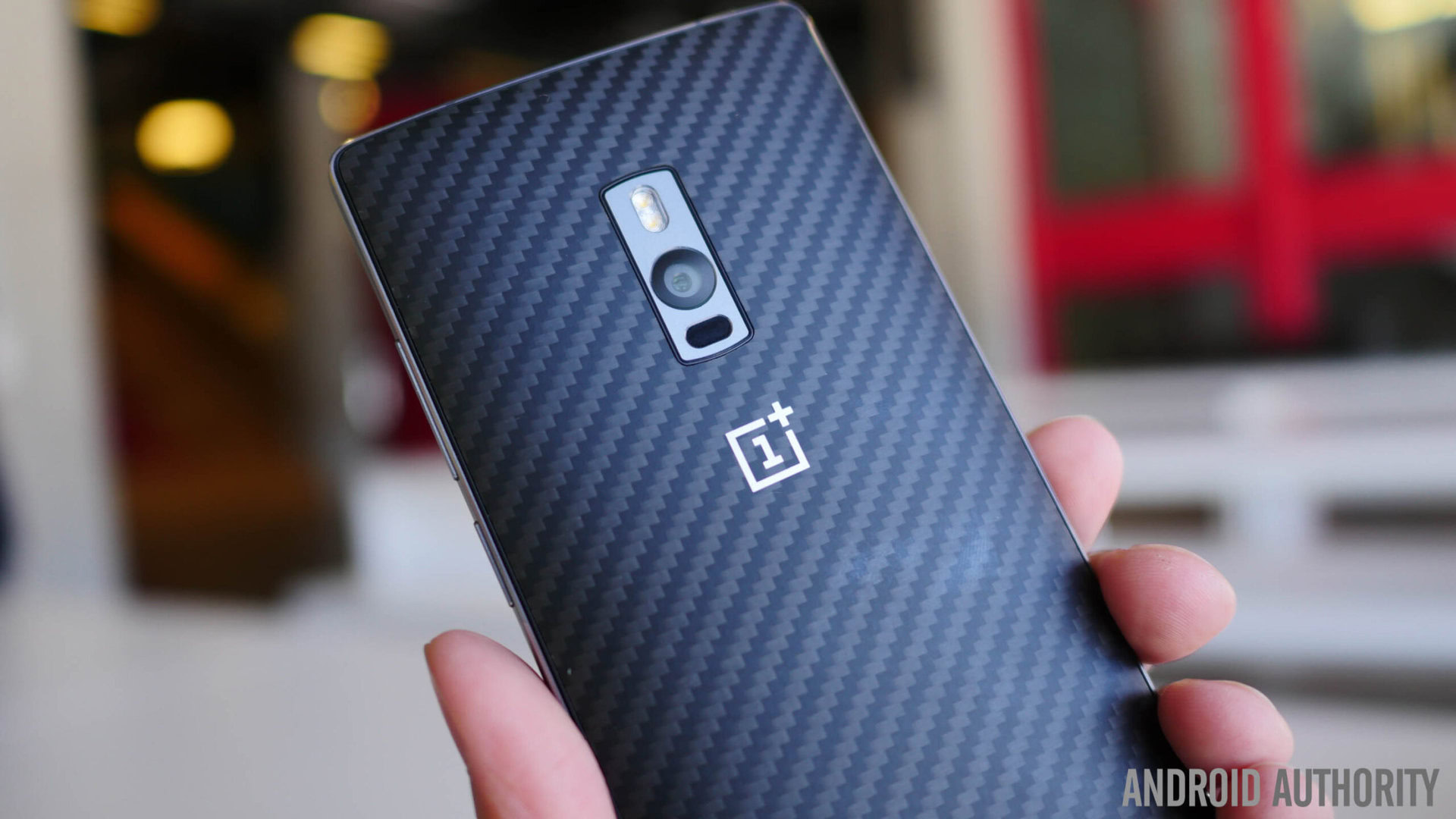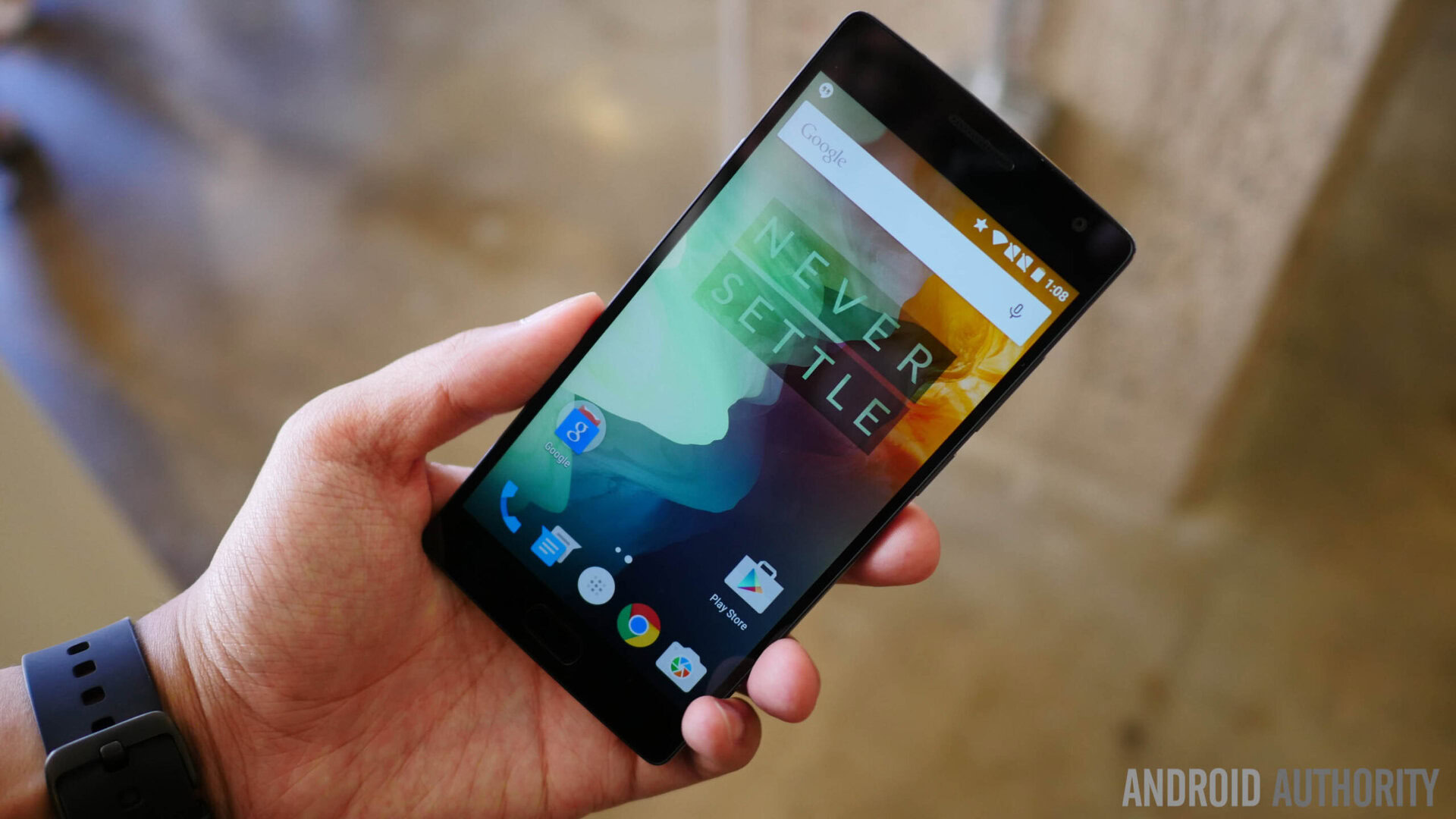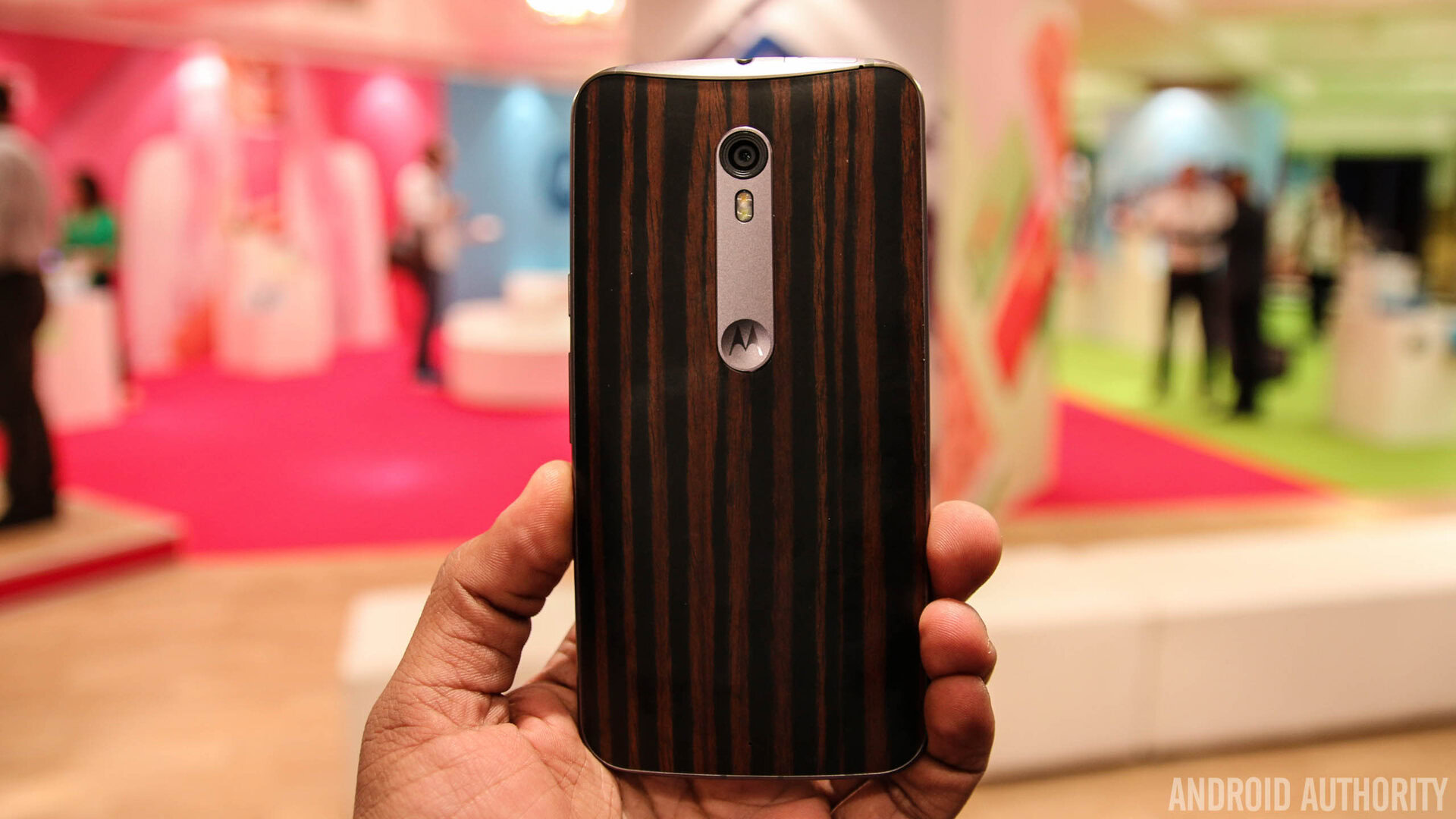Affiliate links on Android Authority may earn us a commission. Learn more.
Should you buy the OnePlus 2?

The OnePlus One was a major device last year and despite limited availability and marketing campaigns that went wrong, it continues to sell. Just over a year later, the Chinese manufacturer has taken to the stage to announce its new flagship, the OnePlus 2, which hopes to stay at the top with some impressive hardware.
Like its predecessor, the OnePlus 2 combines flagship specs with an affordable price tag, but should you buy one? With phones like the Axon and the Moto X Style just coming to the market, the choice is not as simple as it may simple. Here’s a few reasons to buy the OnePlus 2 (and a couple not to):
Reasons to buy the OnePlus 2

Latest hardware
The OnePlus 2 has a 5.5-inch Full HD display, which a density of 401 pixels per inch and this is one of the few specs that you might consider dated. Many of the leaks prior to today’s launch suggested we could see OnePlus adopt QHD resolution but as it turns out, the company felt that Full HD was good enough.
That being said, the handset can boast to have the brightest smartphone display and OnePlus says that – based on internal testing – it is brighter than competition including the likes of the iPhone 6 and 6 Plus, LG G4, HTC One M9 and Samsung Galaxy S6.
While the display may not be the latest and greatest, a lot of the specs certainly are; the handset is powered by an octa-ocre Qualcomm Snapdragon 810 processor clocked at 1.8GHz with an Adreno 430 GPU and 3GB/4GB RAM (depending on the version you buy). The handset also has 16GB/64GB storage (which reflect the amount of RAM you get) and a 3300mAh non-removable battery which should power you through at least a day.
Future proofed
The display certainly isn’t the latest and greatest but even in a years’ time, handsets are likely to sport Full HD resolution (although Quad HD will hopefully be more widely adopted). The rest of the OnePlus 2 is pretty much set for the future, with OxygenOS (based on Android 5.1 Lollipop) and the promise of at least one update covering the software.
On the hardware front, the OnePlus 2 has 4GB RAM, which is likely to become the standard for flagship handsets next year, the Snapdragon 810 processor will still be one of the fastest and the 13MP camera with laser autofocus, f/2.0 aperture, 1.3µm pixel size and Optical Image Stabilisation will still pack a hefty punch.
A couple of hardware features could yet prove to be the deciding factor for the OnePlus 2 in the coming years – in the fingerprint sensor and the USB Type-C port, the handset does have features that are will become standard on flagships and more widely adopted respectively. USB Type-C is certainly a big feature for the future as we’re at the beginning of an era where a universal port covers all electronics, which is giving birth to new types of accessories and an era where your phone can charge whichever way you put the cable in!
Yes, “2016 flagship killer” should probably be taken as a marketing slogan and nothing more. In the fast paced race of mobile industry, no device can claim supremacy for more than a few weeks, never mind a year. That said, the OnePlus 2 strives to deliver on its promise of being a flagship killer, by offering a blend of the flagship specs from this year’s handsets combined with projected requirements of a flagship in a year’s time with an eye on the overall price.
In-part due to its affordable price tag and in part due to the specs including the RAM, fingerprint sensor, camera and dual SIM, the OnePlus 2 specs should, on paper, at least be good enough to challenge flagships from this year and next, at all but the top price bracket.
Value for money
On paper, the OnePlus 2 is equal to many devices – and better than a lot of others – but what really sets it apart is its price tag; other devices offering similar specifications retail in excess of $550 but the OnePlus 2 retails a lot lower at $389 for the higher-specced 64GB model (and even lower at $329 for the lesser-spec 16GB model).
Comparing the specs on paper is certainly one consideration but the actual experience also has to deliver. The $300 to $500 price bracket is becoming one of the most fiercely contested amongst OEMs and the OnePlus 2 will likely compete against devices that feature many of the similar specs.

For a lot of consumers, the little considerations may be the difference when choosing a handset, and while the OnePlus 2 certainly has a lot going for it, there are a few little things that could let the handset down.
Reasons NOT to buy the OnePlus 2
Missing features
OnePlus has prided itself on offering flagship specs on its smartphones and while the OnePlus 2 does this mostly, there are a couple of features that have been omitted from the handset. The 3300 mAh battery is certainly large enough for most usage but as it’s non-removable, so you can’t swap it out when your battery does get low.
For other handsets like the Galaxy S6, this is not so much of an issue as that handset has both wireless and quick charging, but these are two features that are missing from the OnePlus 2. Wireless charging is a feature that is a nice-to-have but Quick Charge 2.0 is definitely a must-have feature and as the OnePlus 2 doesn’t have it, it means it’s likely to take several hours to charge to full (as opposed to other Quick Charge handsets that can charge half the battery in just half an hour).
A crucial feature that’s also been omitted from the OnePlus 2 is NFC (Near Field Communications) and while OnePlus claim it left the feature out as it’s not used that often, we’re entering an era where mobile payments are becoming mainstream. The lack of NFC means you won’t be able to pay for items using your phone and it also means you won’t be able to use NFC for accessories and cross-device communication, which are both likely to become popular features in the ecosystem over the next 18 months.
The invite system
The one thing that sets OnePlus apart from the competition is the (dreaded) invite system. To manage its inventory, the company issues invites to purchase the handset (and then allows people who have bought it to also share invites) and while they have promised a much larger launch inventory, actual availability could be an issue.
The other thing that could hamper the OnePlus 2 is its release date; the handset launches on August 13th and with availability likely to be significantly less than the demand, you might find yourself turning to other handsets. For example, the Galaxy Note 5 should be announced the same day before hitting the market a few days later on August 21st and offer similar specs (with a heftier price tag) while IFA at the beginning of September should herald other devices that vie for your money.
Support: Is there any?
One reason many customers opt not to buy a handset from a start-up (can we still call them that?) like OnePlus is the question of support and the OnePlus One doesn’t leave us with any confidence. OnePlus’ first handset failed on the support front and quality assurance fronts with numerous reports of DOA (defective/dead on arrival) devices and a lack of communication from the Chinese manufacturer.
For the OnePlus 2, it’s unclear how the company aims to improve this, especially as it seems to predominantly operate out of an Asian base (although it does have warehousing and admin functions in Europe). For customers in the USA and Europe, support (or the lack of it) could be a reason to skip the OnePlus 2 and opt for a handset with better support, should you need it.
So should you buy the OnePlus 2?
Whether you should buy the OnePlus 2 or not depends on one thing; how important is value for money for you. If you’re after the best specs (and likely one of the best experiences) but have a limited budget, the OnePlus is likely to be one of the best handsets you can buy. Similarly, if you’re after something unique that is most likely future-proofed for the next couple of years, the OnePlus 2 definitely ticks the boxes.
However, if you’re after a handset that you can buy subsidised as part of your subscriber agreement, you’re out of luck as the OnePlus 2 will only retail SIM free direct from the manufacturer and not through a carrier partner. Also, if price isn’t a factor and you need local support or would rather opt for a more established manufacturer, rival handsets like the Galaxy Note 5, LG G Pro 3 and rumoured Xperia Z5 could all be worth a look. Furthermore, the rumoured HUAWEI Nexus could go back to Google’s Nexus roots by offering impressive hardware and stock Android at an equally impressive affordable price tag and could yet be the challenger to OnePlus 2.
What do you think of the OnePlus 2; are you going to buy it? If not, what would you buy instead and how important are things like 4GB RAM, USB Type-C and a fingerprint sensor to you? Does the lack of removable battery, wireless charging and quick charging put you off the OnePlus 2? Let us know your views in the comments below and for all our coverage around OnePlus’ latest flagship, check out our OnePlus 2 portal.